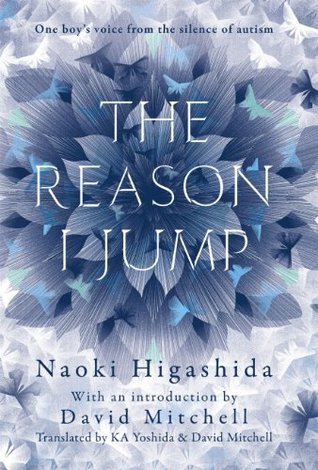More on this book
Community
Kindle Notes & Highlights
The conclusion is that both emotional poverty and an aversion to company are not symptoms of autism but consequences of autism, its harsh lockdown on self-expression and society’s near-pristine ignorance about what’s happening inside autistic heads.
Sometimes, people with autism speak with a strange intonation, or use language in a different way. Non-autistic people can sort out what they want to say in real-time, while they’re having their conversation. But in our case, the words we want to say and the words we can say don’t always match that well. Which is why our speech can sound a bit odd, I guess. When there’s a gap between what I’m thinking and what I’m saying, it’s because the words coming out of my mouth are the only ones I can access at that time.
Some of you may think we read aloud with a strange intonation, too. This is because we can’t read the story and imagine the story at the same time. Just the act of reading costs us a lot of effort – sorting out the words and somehow voicing them is already a very tall order.
What we’re actually looking at is the other person’s voice. Voices may not be visible things, but we’re trying to listen to the other person with all of our sense organs. When we’re fully focused on working out what the heck it is you’re saying, our sense of sight sort of zones out. If you can’t make out what it is you’re seeing, it’s the same as not seeing anything at all.
People with autism react physically to feelings of happiness and sadness. So when something happens that affects me emotionally, my body seizes up as if struck by lightning.
When I jump, I feel lighter, and I think the reason my body is drawn skywards is that the motion makes me want to change into a bird and fly off to some faraway place. But constrained both by ourselves and by the people around us, all we can do is tweet-tweet, flap our wings and hop around in a cage. Ah, if only I could just flap my wings and soar away, into the big blue yonder, over the hills and far away!
When you see an object, it seems that you see it as an entire thing first, and only afterwards do its details follow on. But for people with autism, the details jump straight out at us first of all, and then only gradually, detail by detail, does the whole image sort of float up into focus. What part of the whole image captures our eyes first depends on a number of things. When a colour is vivid or a shape is eye-catching, then that’s the detail that claims our attention, and then our hearts kind of drown in it, and we can’t concentrate on anything else.
Always lurking at the back of my mind is an anxiety about whether or not I’m perceiving things in the same way that people without autism do. So, via TV, books and just tuning in to the people around me, I’m constantly learning about how ordinary people are supposed to feel in given situations.
So what do you do in your free time? Because for people with autism, free time is in fact un-free time. ‘You can do whatever you feel like doing, now,’ someone might tell us. But actually, it’s pretty hard for us to find something we do feel like doing, not just like that. If we happen to see some toys or books we’re always playing with or reading, then sure, we’ll pick them up. Thing is, however, that’s not so much what we want to do as something we can do. Playing with familiar items is comforting because we already know what to do with them, so then, of course, people watching us assume,
...more


